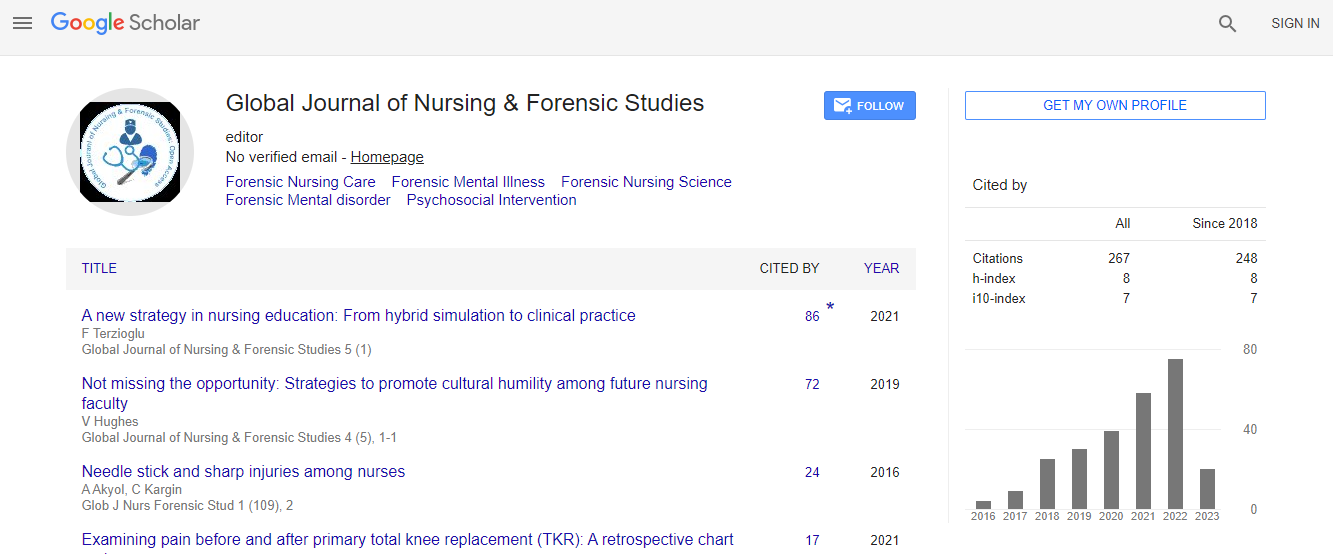Nonpharmacological Evidence-Based Practices That Affect Wound Healing After Cesarean
Abstract
The purpose of this paper is to summarize the nonpharmacological evidence-based practices that boost wound healing after cesarean delivery. Although the World Health Organization (WHO) had suggested that indications of cesarean should not exceed 15%, the cesarean rate in Turkey is 52%, sadly. Nerve damage, tissue damage, edema, inflammation, muscle tension may develop in the abdominal region due to the surgical procedure following cesarean delivery. The wound healing process yields to prolong when these conditions are not taken seriously. Accelerating the wound healing process is vital in terms of reducing complications, morbidity, mortality, shortening the length of hospital stay, reducing the costs of treatment and care, therefore improving the quality of life, providing adequate breastfeeding and secure attachment between the mother and the newborn.
Although precautions are taken to minimize the factors that delay wound healing after cesarean, pharmacological treatments can cause side effects such as nausea-vomiting, abdominal distention, gas pain, allergies, etc. Hence, many cost-effective nonpharmacological interventions have become the main topic in preventing infection at the incision site, accelerating wound healing, and reducing pain. In the literature, ERAS protocols such as early mobilization, chewing gum, early oral nutrition, and glycemic control as nonpharmacological interventions have been reported to positively affect the wound healing process. Moreover, it is stated that the application of wound care dressings with grape seed oil, aloe vera gel after the cesarean has positive effects on the wound healing process. Though there are limited studies in the literature, Kinesio taping is also used as an effective method to deal with symptoms such as infection, edema, hematoma might occur in the management of wound healing. It has been concluded that Kinesio taping has positive effects on the wound healing process via increasing lymph and blood flow.
Therefore, in this paper, the levels of evidence and effect mechanisms of evidence-based
nonpharmacological interventions applied in the wound healing process will be discussed. In this context, this presentation will include suggestions to increase the patients' quality of life, shortening the length of hospital stay and accelerating the wound healing process, thereby protecting the health of the mother and the newborn, especially with the interventions of nurses who have an important role and independent responsibility in the wound healing process

 Spanish
Spanish  Chinese
Chinese  Russian
Russian  German
German  French
French  Japanese
Japanese  Portuguese
Portuguese  Hindi
Hindi 